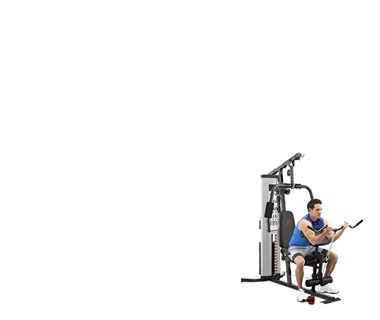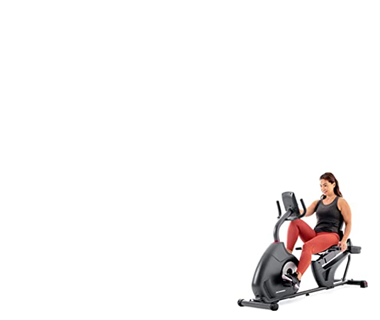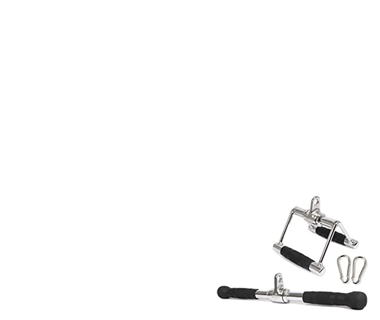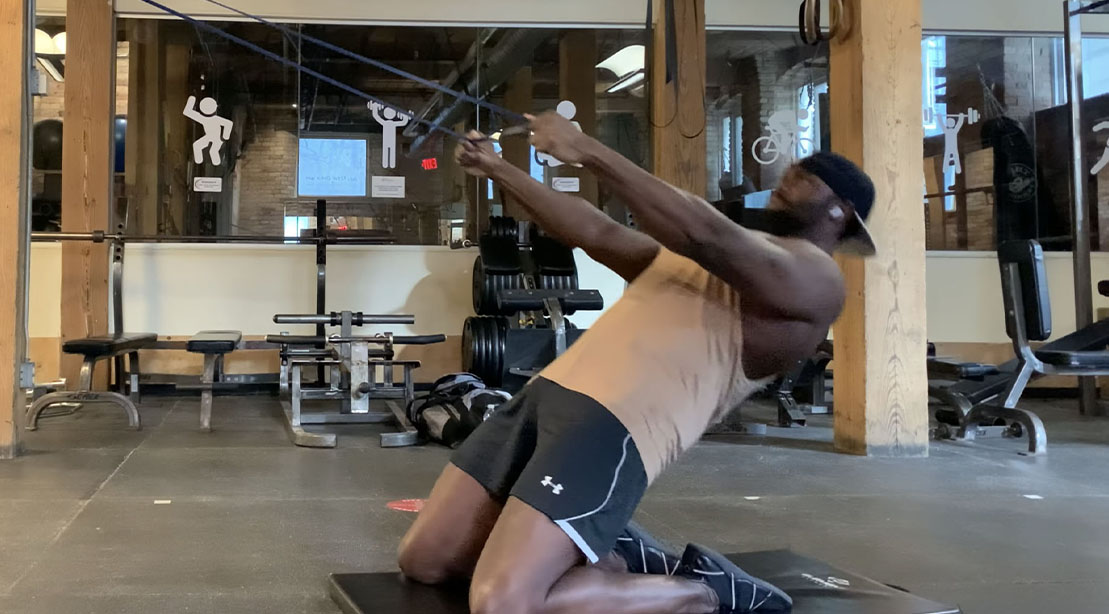How and Why You Should Add Reverse Nordic Curls to Your Legday Workout Leave a comment
The quadriceps are one of the largest muscle groups on your body, and almost every compound, lower body movement is going to involve them to some degree. From big lifts like a squat or deadlift pattern, assistance exercises like a lunge or leg press, or even “glute-focused” patterns like thrusts or stepups involve the quads. If two joints are involved, it’s virtually impossible to rule them out of play and this is where the Reverse Nordic Curl come in..
That’s why it’s actually important to dissect the quadriceps even more to get the most out of its function. If you’re a lifter amid a plateau for quad strength or growth despite your best efforts, the answer may be in the smaller details. First and foremost, the nature of the quads function implies that they’ll respond well to multiple rep ranges. If you’ve been doing sets of 4 to 8 reps all day long, it’s time to pump up the volume and expose the quads to higher reps. They’re great for muscular endurance work, and if you think of cardio-based activities like a jog or bike ride, they’re definitely relied upon to do the job.
Second, there’s something in common about all the exercises I listed above, whether they’re direct hits for the quads or indirect hits for the quads: They all involve knee flexion – but they all make the quads work from a flexed hip at the same time. It’s a well-known fact that the quads cross the knee joint, but a little-known fact that one of the quads also crosses the hip joint and contributes to hip flexion. Doing a seated leg extension – probably the most directly isolated quad movement in existence—only hammers the quads via knee extension from a flexed hip position. It’s like pulling teeth to find a movement that keeps the hips open and extended, while attacking the quads.
Until now.
Benefits of Reverse Nordic Curls
This pattern does exactly what we’ve mentioned above, and does so while utilizing bodyweight only. Not only is this a great way to hit the quads, but it can be an important tool to create healthy knees. The great news is that it provides enough stimulus and challenge to the average person to make it a premier addition to the program, and there are ways to progress and regress the pattern if the situation calls for it.
As mentioned, the reverse Nordic curl allows a lifter to train the quads for knee extension from an open-hip position, meaning they’re in more of a stretch than they’d be at the beginning of a leg press, the bottom of a squat, or the entirety of a leg extension. This will take advantage of something known as the length-tension relationship. Making the quads (or any muscle) contract strongly while in a stretched position can be a missing link for hypertrophy gains that many exercises miss out on when performed in their standard way.
How to Do The Reverse Nordic Curl
Reverse Nordic curls, at their core, require nothing more than a mat to kneel on in order to perform them. It’s recommended the mat has a good amount of cushioning to it, because the entire lower leg and foot will benefit from that. In this setup, the instep lays flush against the mat – think “shoelaces down” – so the correct forces can be applied for your concentric efforts. I’ve found that if you’re not wearing thin, flexible minimalist shoes for your workout, it’s best to take them off altogether to optimize ankle mobility and make this movement more possible.
Kneeling tall from this position (with a hip-width stance), squeeze the glutes and brace the abdominals, and gently and slowly start leaning back. You can keep the hands out in front of you for counterbalance. Work hard to keep the body tall and not to “sit down” butt-first. Lean back as far as your strength will allow, and press hard into the mat with the feet in order to make the quads do all the work. With this form, return to the top position. Reset, and repeat for sets of anywhere from 8 to 15 reps.
If you’re a bigger lifter (let’s say, over 200 pounds) or aren’t yet quite strong enough to do this with bodyweight, a band assistance can be helpful and provide all of the benefits.
Remember: The goal is to achieve a deep knee flexion, so a bigger range of motion is always recommended with the target of making the hamstrings cover the calves. Here’s an example:
Alternatively, holding a light plate across the chest if you’re strong enough to kill this with bodyweight would be a fantastic means of progressive overload. Even 5 or 10 additional pounds can be more than enough to make this work and hit hard.
Incorporating this pattern at the very beginning of the workout can make for a good activation method in prep for other knee-dominant patterns, but making it its own assistance exercise after a big lift can be just as useful. Feel free to use this pattern as you see fit, but remember: it’s not for the faint of heart. Those quads will feel it the next morning!
Lee Boyce is a personal trainer, college professor, writer, and speaker based in Toronto, ON. He travels around the world delivering seminars and workshops helping fitness professionals improve their skills, His book Strength Training for All Body Types (co-authored with Melody Schoenfeld) is available everywhere.
Follow him on social media:
Instagram: @coachleeboyce
X: @coachleeboyce
Facebook @coachleeboyce
Visit his website leeboyce.com to apply to work with him directly.




